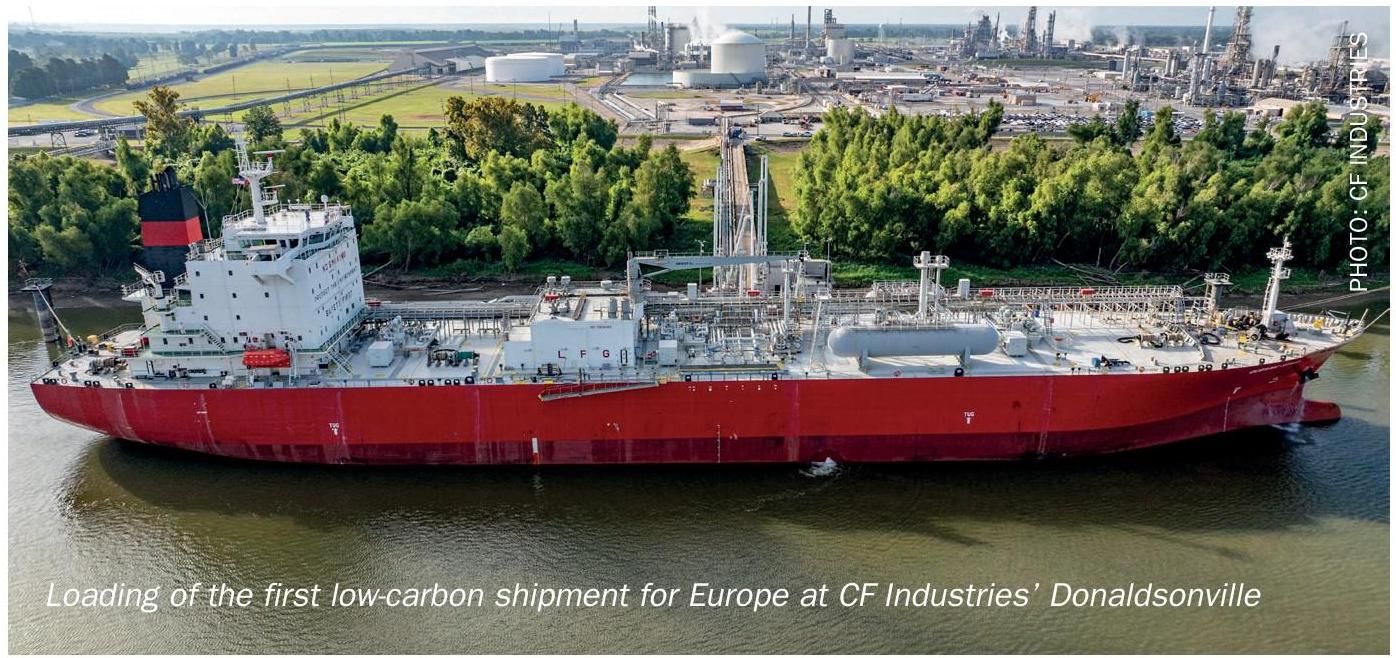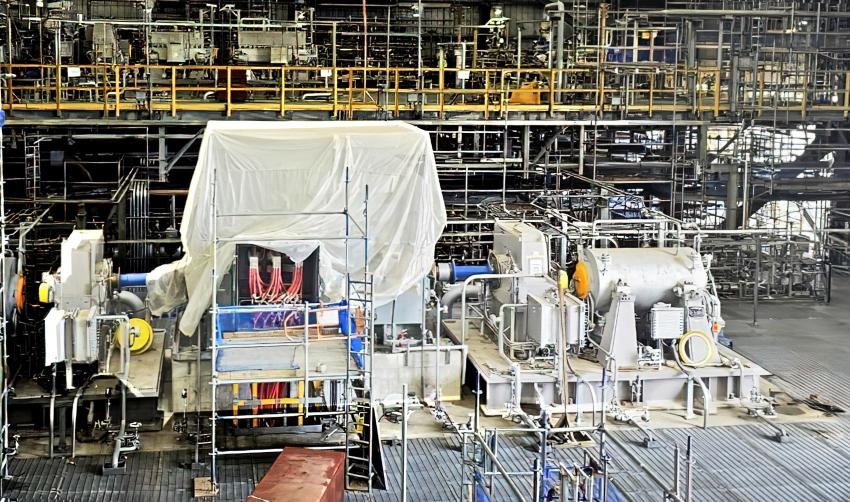Nitrogen+Syngas 396 Jul-Aug 2025

21 July 2025
BASF to partner with Plug Power on hydrogen liquefaction plants
BASF says that it has signed a cooperation agreement with Plug Power to offer BASF’s advanced DeOxo catalysts as part of Plug Power’s hydrogen liquefaction plants globally to enhance their market offerings, improving reliability and cost efficiency. DeOxo catalysts, including the Purivate™ Pd15 product, offer exceptional performance at low temperatures, reducing the need for expensive precious metals. These materials have been fully qualified for use in Plug Power’s hydrogen liquefaction plants, establishing BASF as a preferred and specified product provider. In addition to the DeOxo catalysts for the efficient removal of oxygen, Plug Power has also qualified adsorbents like Sorbead® Air for use in their hydrogen plants. Sorbead Air, a specialty aluminosilicate gel, offers energy-efficient dehydration of electrolysed hydrogen. The primary focus of this collaboration is on hydrogen liquefaction plants with capacities of 30, 60, and 90 t/d.






